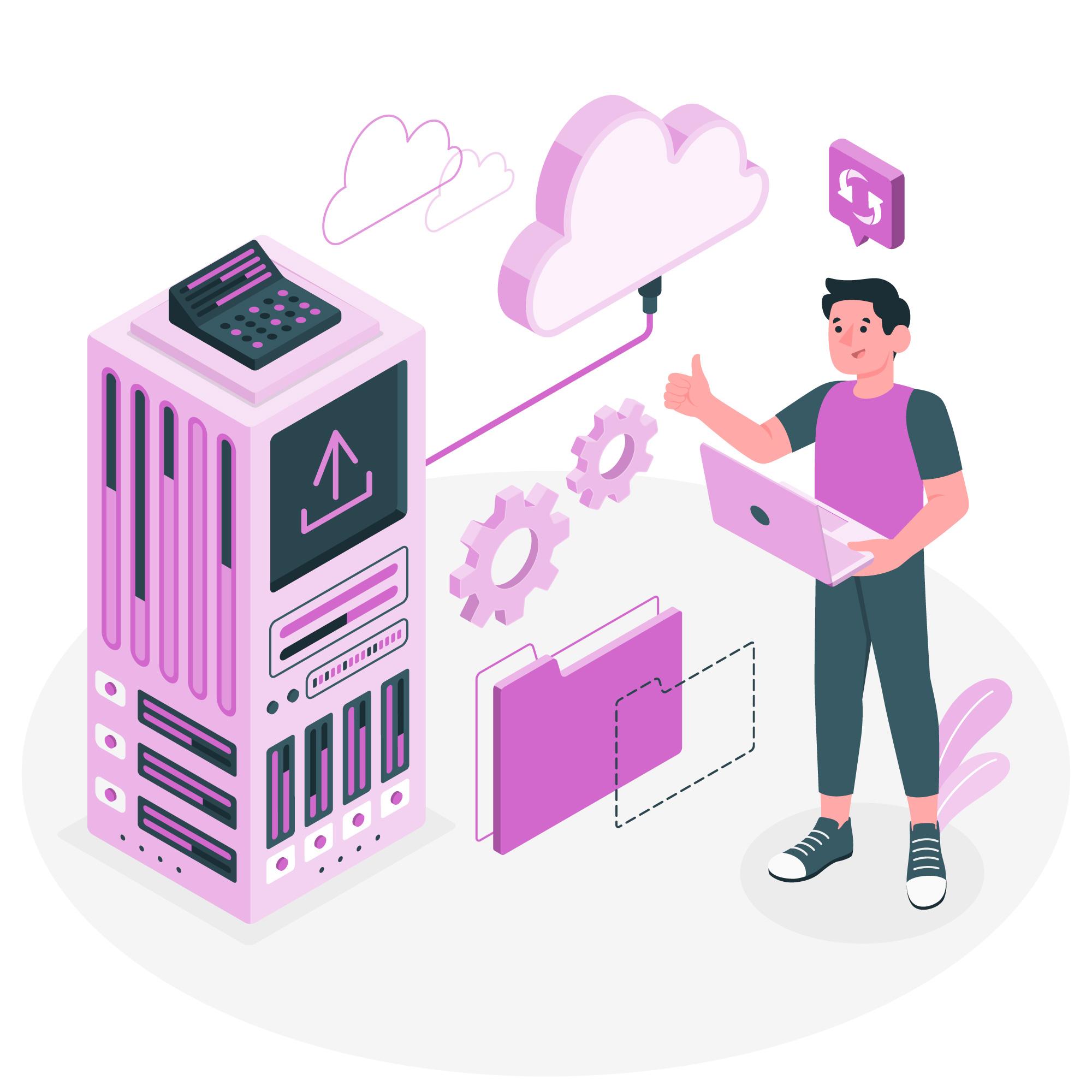Introduction
Even with the advent of emerging technologies such as Artificial intelligence, Generative AI, NLP, Cloud Computing remains a major driving force for digital transformation. It retains its status as the de facto standard, offering a wide range of benefits, including scalability, flexibility, and cost savings.
The rapidly evolving cloud services field has differentiated into three models, each offering unique features and benefits. These popular cloud models are Software as a Service (SaaS), Platform as a Service (PaaS) and Infrastructure as a Service (IaaS).
SaaS, PaaS and IaaS help enterprises build, create and store data on the cloud and offer functionalities with a pay-per-use model. More and more companies are striving to harness the power of these services to their advantage.
This article aims to decode these models, enabling businesses to make informed decisions about which model best suits their requirements.
Software as a Service (SaaS)
This model involves the licensing of software and its delivery to users. Users can license proprietary software on a subscription basis – usually monthly or annual. Services are availed through a browser and internet connection. Applications involve enterprise resource planning programs, office communications software, payroll and accounting packages etc.
Features of SaaS
Lower up-front costs: A lower up-front cost and zero license fee creates a distinct advantage for freshly minted business operators. Entrepreneurs are able to cycle through new ideas more quickly, trying out ideas until hitting the successful one.
Hassle-free operation: Instead of configuring and setting-up on-premise operations, SaaS providers install and configure applications on remote servers. This leads to hassle-free operation, and higher levels of engagement with the service.
Automatic Upgrades: Software upgrades present an irksome headache to businesses who can spend their time more productively on finding new customers. In the SaaS model centrally hosted software applications are upgraded by the service providers themselves.
SaaS-Powered Learning: With the increased connectedness of people around the world, the market for learning management systems based on SaaS is expanding. Increasingly, educators are posting learning materials on the cloud reaching a bigger audience.
Platform as a Service (PaaS)
This is a service which is a combination of software and hardware that can be offered to clients to develop, run, and manage applications. With this, the business is released from the obligation to install in-house hardware and software for developing an app.
Features of PaaS
Lower Set-up Costs: With reputed vendors like Oracle providing platform services for modern developers, the app-making process is made more convenient. It reduces set-up costs and cuts expenses associated with the maintenance.
Asset for Coders: PaaS platforms come with set-themes for various development scenarios and so you don’t have to design from scratch every time. They can fine-tune their applications based on the core structures.
Scale-at-Will: Being located centrally, PaaS platforms are easy to modify for all users. They are easy to scale, and save on costs that would have been otherwise needed for individual enhancements.
Special Editions: For more sophisticated users, vendors provide hybrid PaaS models. These comprise a blend of public clouds and on-premise infrastructure, giving greater leeway in management of resources.
Infrastructure as a Service (IaaS)
In this model, service providers take the responsibility of hosting the infrastructure such as servers, storage units, networking hardware, virtualization or hypervisor layer, etc. Thus the physical architecture is created and maintained by the service provider.
Features of IaaS
Cost Efficiency: IaaS providers are experts of hardware architecture and can provide services to multiple clients at reduced costs as compared to individuals buying their own. These services are provided on a pay-per-user basis and can be contracted on an hourly, weekly or monthly basis.
Low to High: IaaS providers often implement a tiered approach to pricing for their services. This helps them attract a broad spectrum of customers with differing requirements.
Super Prospects: IaaS has superb prospects on the horizon. Significant drivers of these trends include pure-play IaaS service providers and cloud optimization services providers related closely to telecom services. Industry observers thus remain upbeat about the promise.
Final Thoughts
We have discussed the main features of IaaS, PaaS, and SaaS models. In a sense, IaaS is designed for IT administrators or network architects, PaaS for software developers and SaaS for end users.
The kind of cloud service you should opt for depends on your particular requirements. It ranges from the need for having a smooth platform for making customized applications to the requirement of having complete control over the infrastructure.
For investors, striking the right blend in this spectrum is essential – they can make informed decisions about the level of autonomy and services for their business. Hopefully, this article was informative and gave you an idea on how to go about making that decision !
